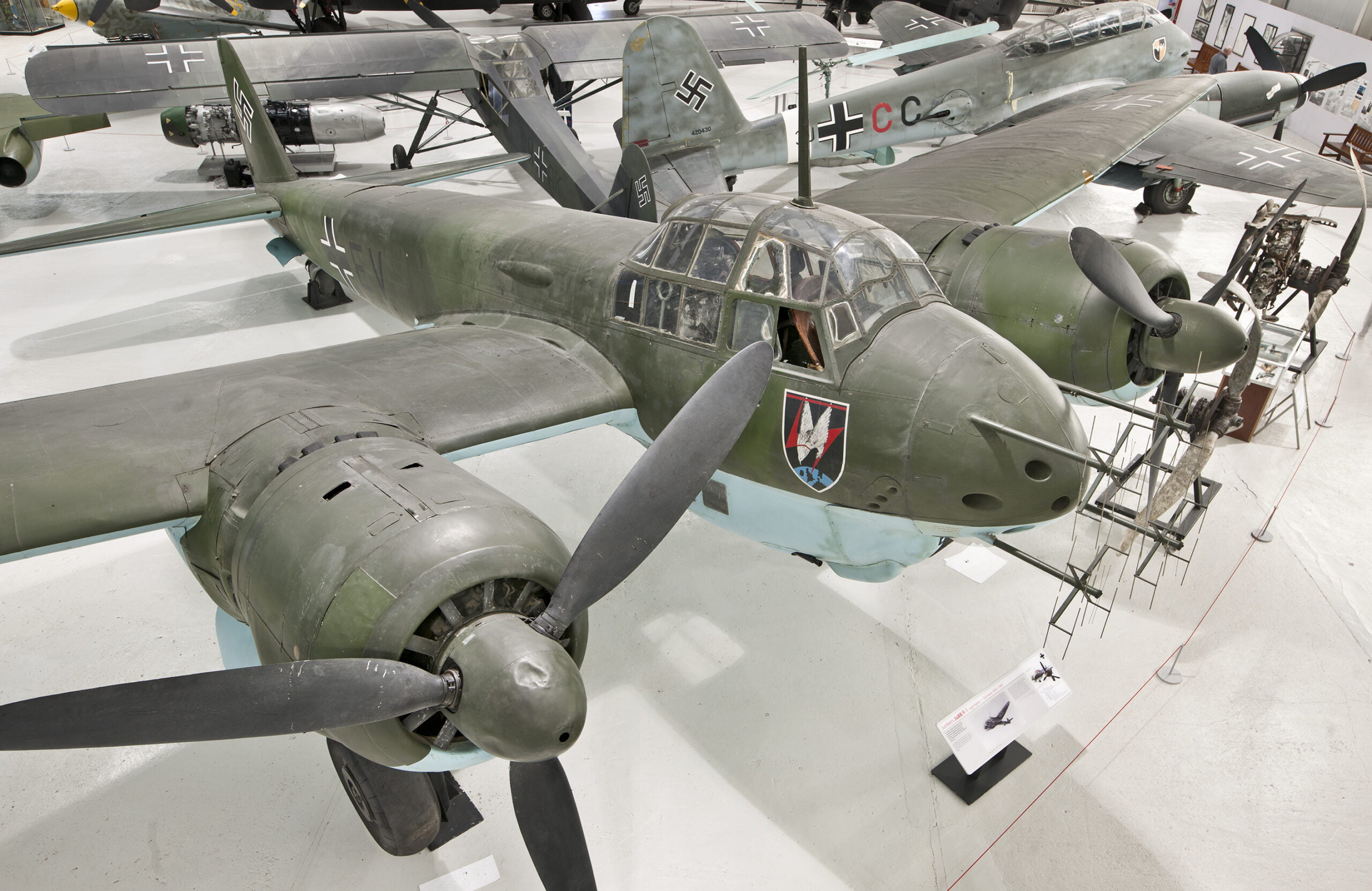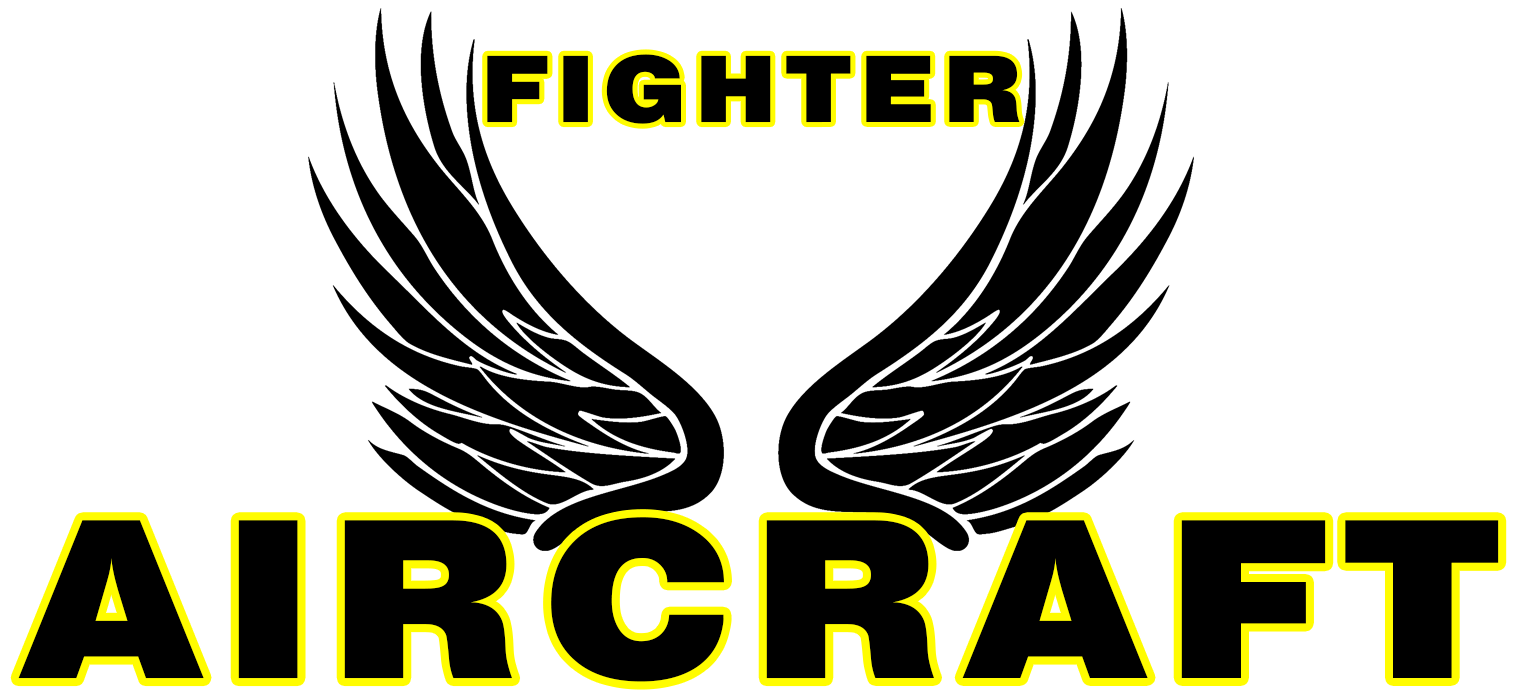Exploring the Iconic Junkers Ju 388 Aircraft: A Forgotten Piece of Aviation History
- The History of Junkers Ju 388 Aircraft
- Technical Specifications of the Junkers Ju 388
- The Role of the Junkers Ju 388 in World War II
- The Legacy of the Junkers Ju 388 Aircraft
- frequently asked questions from Fighter Aircraft readers
- What were the specifications and performance capabilities of the Junkers Ju 388 aircraft?
- How did the Junkers Ju 388 compare to other fighter aircraft of its era?
- Can you provide a detailed history of the development and production of the Junkers Ju 388?
- What were the major advancements or innovations introduced by the Junkers Ju 388 in fighter aircraft technology?
The History of Junkers Ju 388 Aircraft
The Junkers Ju 388 was a German aircraft developed during World War II. It was designed as a high-altitude reconnaissance and bomber interceptor aircraft. This section will provide an in-depth look into the history of this remarkable fighter aircraft.
The Junkers Ju 388 prototype, code-named "Diana," first flew in November 1943. Its development was influenced by the need for a versatile aircraft capable of both long-range reconnaissance and intercepting enemy bombers. The Ju 388 was based on the previous Ju 188 bomber, but with several modifications and improvements.
Technical Specifications of the Junkers Ju 388
This section will highlight the key technical specifications of the Junkers Ju 388 aircraft, providing insights into its performance capabilities.
The Ju 388 had a wingspan of 15 meters and a length of 11.5 meters. It was powered by two Junkers Jumo 213 engines, each producing up to 1,750 horsepower. The aircraft had a top speed of approximately 640 kilometers per hour and a range of about 2,500 kilometers. Additionally, it was equipped with advanced radar systems and a variety of defensive armaments.
The Role of the Junkers Ju 388 in World War II
In this section, we will explore the role played by the Junkers Ju 388 aircraft during World War II, focusing on its impact in both reconnaissance and interception missions.
The Ju 388 was primarily used as a high-altitude reconnaissance aircraft, gathering vital intelligence on enemy positions and movements. Its advanced radar systems allowed for effective reconnaissance in all weather conditions. Furthermore, it was occasionally deployed as a bomber interceptor, tasked with defending German airspace against enemy airstrikes.
The Legacy of the Junkers Ju 388 Aircraft
This final section will discuss the lasting legacy of the Junkers Ju 388 aircraft, exploring its influence on subsequent designs and technologies.
While the Ju 388 did not see extensive service due to the challenges faced by Germany in the latter stages of the war, it laid the groundwork for future developments in high-altitude reconnaissance and interceptor aircraft. Its advanced features, such as radar systems and improved aerodynamics, set the stage for post-war aircraft advancements. The lessons learned from the Ju 388's design would go on to shape the development of fighter aircraft in the years to come.
frequently asked questions from Fighter Aircraft readers
What were the specifications and performance capabilities of the Junkers Ju 388 aircraft?
The Junkers Ju 388 was initially designed as a high-altitude reconnaissance aircraft, but a fighter variant, the Ju 388 J, was also developed. The specifications and performance capabilities of the Ju 388 J were as follows:
Specifications:
- Crew: 1
- Length: 13.97 meters (45 feet 10 inches)
- Wingspan: 21.44 meters (70 feet 4 inches)
- Height: 3.80 meters (12 feet 6 inches)
- Empty weight: 8,751 kilograms (19,291 pounds)
- Maximum takeoff weight: 11,800 kilograms (26,014 pounds)
Performance:
- Maximum speed: 710 kilometers per hour (441 miles per hour)
- Range: 1,460 kilometers (908 miles)
- Service ceiling: 14,000 meters (45,932 feet)
- Rate of climb: 11.3 meters per second (2,224 feet per minute)
- Wing loading: 189 kilograms per square meter (38.7 pounds per square foot)
- Powerplant: 2 × Junkers Jumo 213E liquid-cooled inverted V-12 engines, each producing 1,750 metric horsepower
The Ju 388 J was armed with various combinations of weapons, including cannons, machine guns, and air-to-air rockets. It had a distinctive design with a pressurized cockpit for high-altitude operations. However, due to production challenges and changes in priorities, only a small number of Ju 388 J fighters were built and deployed during World War II.
How did the Junkers Ju 388 compare to other fighter aircraft of its era?
The Junkers Ju 388 was a reconnaissance aircraft rather than a fighter aircraft. It was developed by German manufacturer Junkers during World War II and entered limited service in early 1945. While it was not specifically designed to engage in aerial combat, it does have certain characteristics that can be compared to other fighter aircraft of its era.
In terms of speed and performance, the Ju 388 featured advanced aerodynamics and was powered by two Junkers Jumo 213E engines, each producing 2,240 horsepower. This allowed it to reach a maximum speed of around 627 km/h (390 mph) at an altitude of 7,200 meters (23,600 ft). This speed was comparable to some contemporary fighter aircraft such as the Messerschmitt Me 262 and the North American P-51 Mustang.
However, the Ju 388's main purpose was reconnaissance and intelligence-gathering rather than engaging in dogfights. It was equipped with cameras and other surveillance equipment to gather information on enemy positions and movements. Its design incorporated features to enhance its range and endurance, such as fuel tanks with a capacity of over 4,000 liters (1,060 gallons), allowing it to operate at extended ranges.
Compared to dedicated fighter aircraft, the Ju 388 lacked certain characteristics that would have made it more effective in combat. It did not have heavy armament or significant maneuverability capabilities. Additionally, its late entry into service meant that it saw limited action and had little impact on the outcome of the war.
In conclusion, while the Junkers Ju 388 was a technically advanced aircraft for its time, it cannot be directly compared to dedicated fighter aircraft due to its primary role as a reconnaissance platform. Its speed and performance were similar to some fighter aircraft, but its lack of heavy armament and maneuverability limited its potential as a fighter.
Can you provide a detailed history of the development and production of the Junkers Ju 388?
The Junkers Ju 388 was a German fighter aircraft developed and produced during World War II. The development of the Ju 388 began in 1942 as a replacement for the Ju 288 bomber aircraft. The initial design was based on the Ju 188, a medium bomber, but it was modified to incorporate key features for a fighter role.
The Ju 388 had a twin-engine configuration and a pressurized cockpit, which provided better performance at high altitudes. It was equipped with more powerful engines than its predecessor, enabling it to reach speeds of up to 660 km/h (410 mph). The aircraft also featured an extended wingspan and a streamlined fuselage, contributing to its improved aerodynamics and fuel efficiency.
The Ju 388 was primarily intended to serve as a high-altitude reconnaissance aircraft, capable of capturing detailed aerial photographs of enemy territory. However, due to its versatile design, it could also be adapted for other roles, including interception and bomber escort. Its armament typically consisted of cannons or machine guns mounted in the nose, as well as defensive armament in the rear gunner position.
Despite its potential, only a limited number of Ju 388 aircraft were produced, with around 100 units completed by the end of the war. The main reasons for the low production numbers were the Allied bombing campaign targeting German aircraft factories and the prioritization of resources towards other aircraft programs.
In terms of operational use, the Ju 388 saw limited action on the Eastern and Western fronts. It proved to be a capable reconnaissance asset, gathering valuable intelligence for the German military. However, its use as a fighter was less prominent, partly due to the dwindling availability of experienced pilots in the later stages of the war.
The Ju 388's production ceased in 1944, and the few remaining aircraft were eventually scrapped or captured by the Allies. Its impact on the outcome of the war was limited, but its advanced design and technological features laid the groundwork for future aircraft development.
In conclusion, the Junkers Ju 388 was a promising fighter aircraft that never reached its full potential due to production limitations and the changing tide of the war. However, its role as a reconnaissance platform showcased its capabilities and contributed to the ongoing evolution of fighter aircraft technology.
What were the major advancements or innovations introduced by the Junkers Ju 388 in fighter aircraft technology?
The Junkers Ju 388 introduced several major advancements and innovations in fighter aircraft technology during World War II.
1. Speed and Performance: The Ju 388 had a streamlined design with a laminar flow wing, which reduced drag and improved overall aerodynamics. This, combined with its powerful engines, allowed for high-speed performance and increased maneuverability.
2. Heavy Armament: The Ju 388 was equipped with a range of heavy armament options, including multiple 20mm cannons and machine guns. This significantly increased its firepower and made it a formidable opponent in air-to-air combat.
3. Advanced Avionics: The aircraft featured advanced avionics systems, including the FuG 240 Berlin radar, which provided superior navigational capabilities and enhanced target acquisition. This helped the pilot to effectively locate and engage enemy aircraft, even in poor weather conditions or at night.
4. Defensive Measures: The Ju 388 incorporated a variety of defensive measures to protect the aircraft and its crew. It had armor plating to shield critical components, such as the cockpit and fuel tanks, from enemy fire. Additionally, it was equipped with a rear-facing defensive gunner position to engage pursuing enemy fighters.
5. Range and Endurance: The Ju 388 had an extended range capability due to its larger fuel capacity compared to previous models. This allowed for longer missions and improved operational flexibility on the battlefield.
Overall, the Junkers Ju 388 showcased advancements in speed, firepower, avionics, and defensive measures, making it a significant contributor to fighter aircraft technology during its time.
In conclusion, the Junkers Ju 388 aircraft stands out as a formidable addition to the world of Fighter Aircraft. With its striking design and impressive performance, this German-made aircraft showcased remarkable advancements in both speed and firepower during World War II. Its cutting-edge technology and powerful engines set it apart from its contemporaries, giving it an edge in combat situations. Despite its limited production and relatively short operational history, the Junkers Ju 388 will always be remembered as a significant contributor to the evolution of Fighter Aircraft during this era. Its legacy is a testament to the innovation and engineering prowess of the Junkers company.

You liked this publication Exploring the Iconic Junkers Ju 388 Aircraft: A Forgotten Piece of Aviation History See more here Combat.
